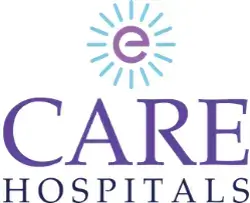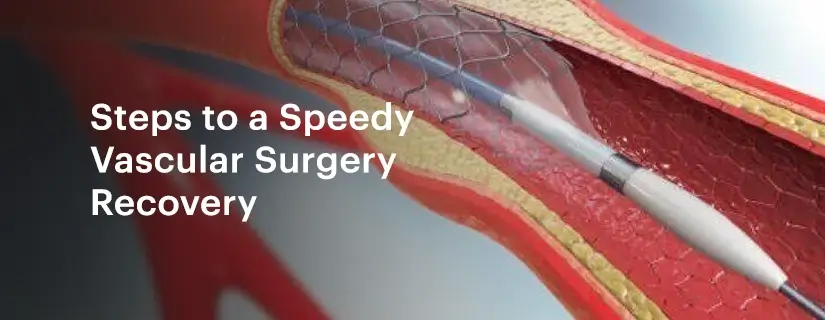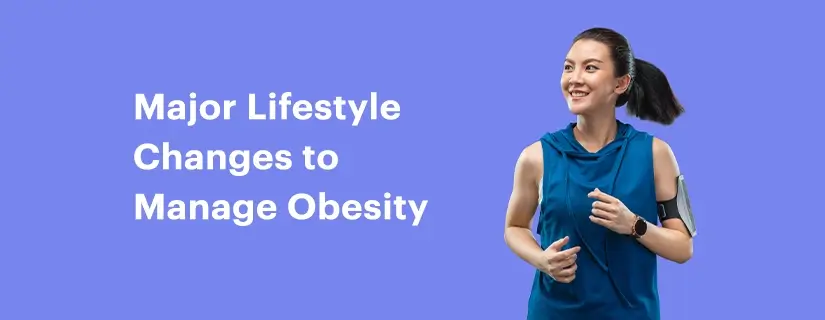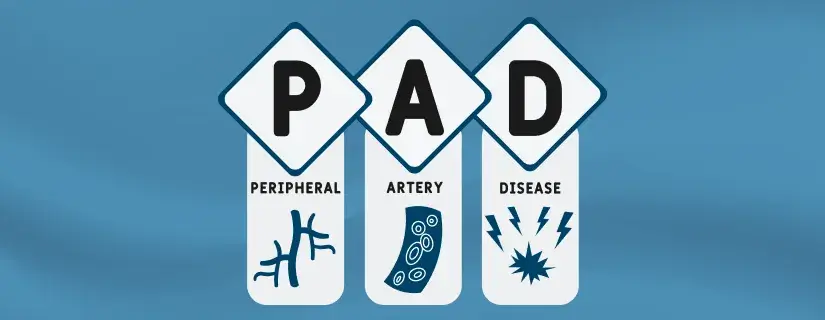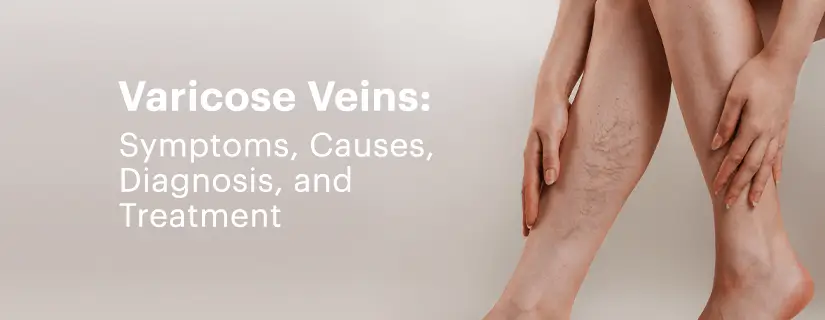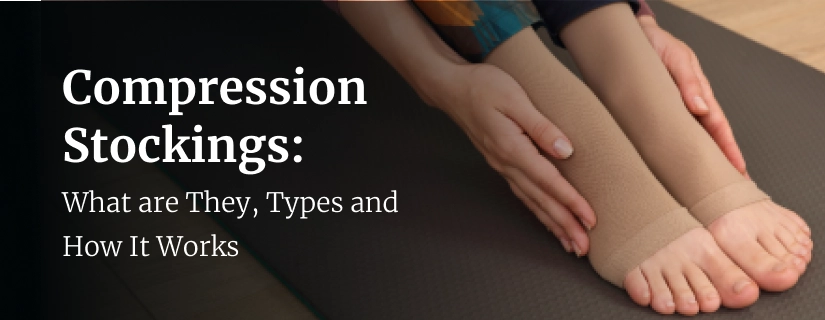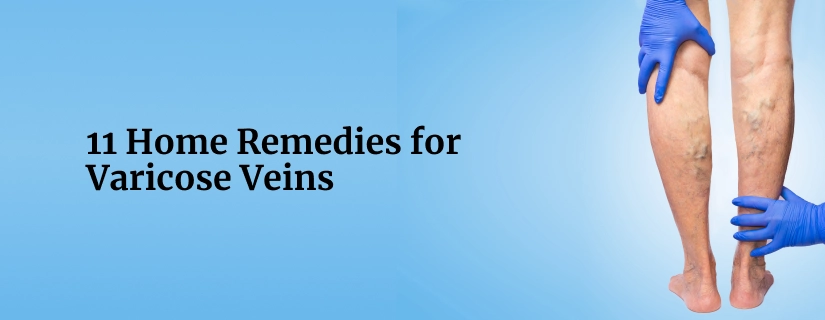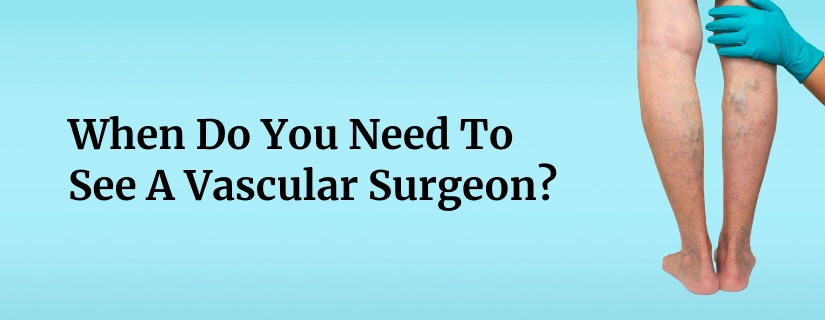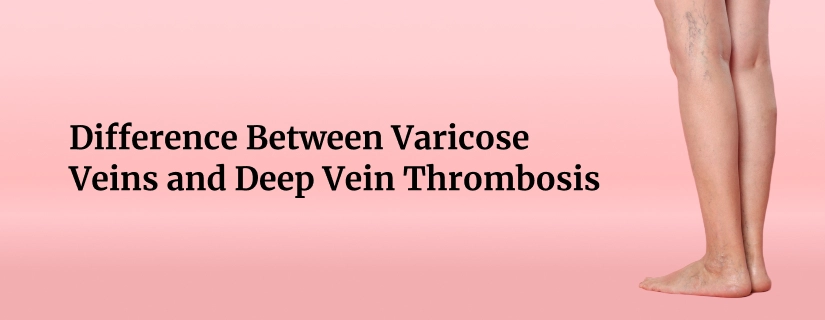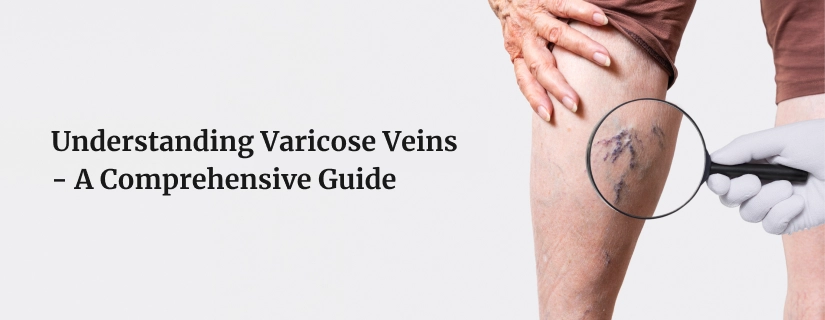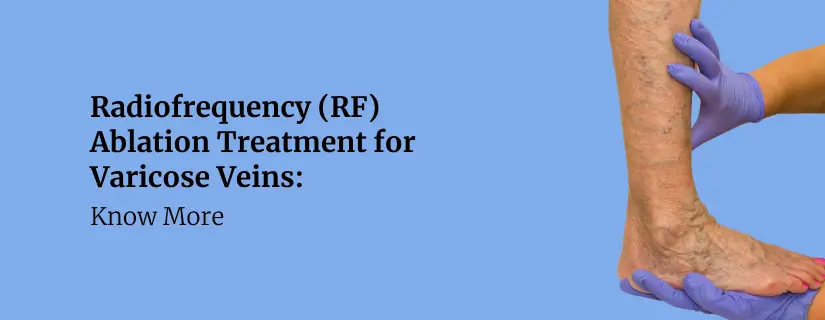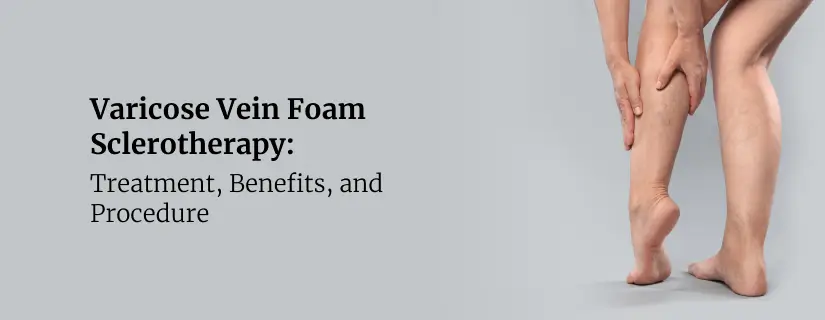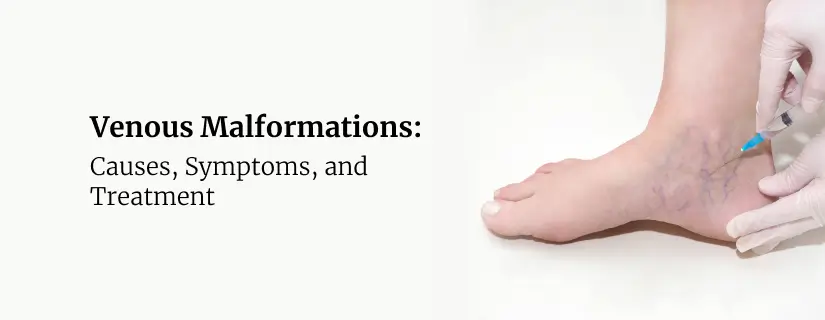-
Doctors
-
Specialities & Treatments
Centre of Excellence
Specialties
Treatments and Procedures
Hospitals & Directions HyderabadCARE Hospitals, Banjara Hills CARE Outpatient Centre, Banjara Hills CARE Hospitals, HITEC City CARE Hospitals, Nampally Gurunanak CARE Hospitals, Musheerabad CARE Hospitals Outpatient Centre, HITEC City CARE Hospitals, Malakpet
HyderabadCARE Hospitals, Banjara Hills CARE Outpatient Centre, Banjara Hills CARE Hospitals, HITEC City CARE Hospitals, Nampally Gurunanak CARE Hospitals, Musheerabad CARE Hospitals Outpatient Centre, HITEC City CARE Hospitals, Malakpet Raipur
Raipur
 Bhubaneswar
Bhubaneswar Visakhapatnam
Visakhapatnam
 Nagpur
Nagpur
 Indore
Indore
 Chh. Sambhajinagar
Chh. SambhajinagarClinics & Medical Centers
Book an AppointmentContact Us
Online Lab Reports
Book an Appointment
Consult Super-Specialist Doctors at CARE Hospitals
Varicose Vein Endovenous Laser Ablation: Procedure, Benefits, Risks
Updated on 30 April 2025
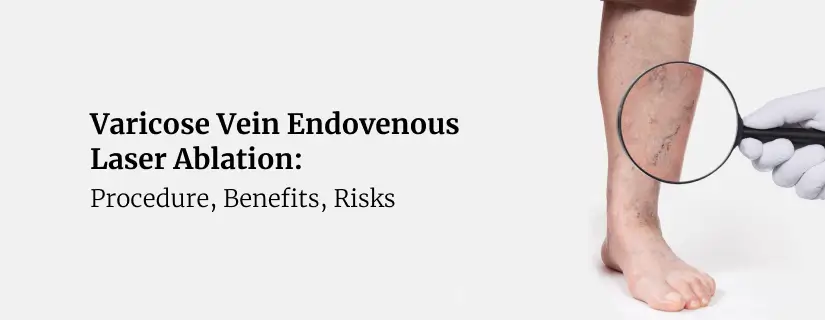
Table of Content
- What is Endovenous Ablation?
- Why Might I Need Endovenous Laser Varicose Vein Surgery?
- EVLA Laser Procedure for Varicose Veins
- Pre-procedure Preparation of Endovenous Laser Varicose Vein Surgery
- During the Endovenous Laser Varicose Vein Surgery Procedure
- Post-procedure Care of Endovenous Laser Varicose Vein Surgery
- Benefits of Endovenous Laser Varicose Vein Surgery
- Endovenous Laser Ablation Side Effects
- Conclusion
- FAQs
Varicose veins are a common medical condition affecting up to 40% of adults worldwide, making Varicose Vein Endovenous Laser Ablation (EVLA) an increasingly important treatment option. This minimally invasive treatment procedure can be performed in an outpatient setting under regional or local anaesthesia, allowing individuals to resume their normal activities immediately. With its proven track record and minimal complications, EVLA has become a preferred alternative to traditional surgical stripping for managing leg varicosities.
This comprehensive guide explores everything patients need to know about EVLA, from the procedure itself to recovery and expected outcomes.
What is Endovenous Ablation?
Endovenous laser ablation therapy stands as a minimally invasive procedure that utilises laser technology to treat problematic varicose veins. The term LASER (Light Amplification by Stimulated Emission of Radiation) signifies a device that focuses light energy on treating affected veins.
The procedure employs explicitly tumescent anaesthesia, which serves multiple purposes:
- Decreases blood volume through vein compression
- Creates a protective barrier between laser and surrounding tissue
- Provides local anaesthesia for patient comfort
Why Might I Need Endovenous Laser Varicose Vein Surgery?
Doctors recommend an endovenous laser ablation procedure when patients experience dilated, or tortuous varicose veins. The procedure primarily helps those suffering from aches, leg heaviness, itching, and night cramps.
EVLA Laser Procedure for Varicose Veins
The procedure uses ultrasound guidance to place a laser fibre into the problematic vein through a tiny incision. A local anaesthetic numbs the area, followed by laser activation as the fibre slowly withdraws. Consequently, this produces a reaction in the vein wall, causing it to collapse with minimal discomfort.
Pre-procedure Preparation of Endovenous Laser Varicose Vein Surgery
Before scheduling the procedure, patients must undergo a complete physical examination and ultrasound assessment. The ultrasound mapping reveals:
- Abnormal venous anatomy
- Origin of venous varicosity
- Condition of the deep venous system
- Location and velocity of reflux
During the Endovenous Laser Varicose Vein Surgery Procedure
The ablation procedure begins with the patient lying in a supine position. Moreover, the medical team monitors EKG and pulse oximetry throughout the treatment. The surgeon then:
- Identifies the cannulation access site, usually below the knee
- Preps the area with antiseptic
- Injects local anaesthetic under ultrasound guidance
- Places a catheter into the vein
- Guides the laser fibre to the treatment area
Post-procedure Care of Endovenous Laser Varicose Vein Surgery
Proper post-procedure care plays a key role in successful recovery after endovenous laser ablation.
Key restrictions after the procedure include:
- Patients should take a 30-minute walk immediately after the procedure
- No driving for 48 hours
- Avoid strenuous exercise for two weeks
- No long-haul flights (over 4 hours) for 2 weeks
- Avoid hot baths or swimming for one week
Benefits of Endovenous Laser Varicose Vein Surgery
Patients must wear compression stockings for one week following the procedure.
The treatment delivers remarkable benefits:
- Minimal scarring and positive cosmetic results
- Quick procedure time of approximately 45 minutes
- Immediate visible effects with continued improvement
- Suitability for all skin types
- Lower recurrence rates compared to traditional methods
- Patients typically resume normal daily activities within a day after treatment.
Endovenous Laser Ablation Side Effects
Common side effects include:
- Numbness or tingling around treated areas
- Redness or swelling of the vein
- Changes in skin colour over treated veins
- Skin burns from laser heat
- Temporary nerve irritation
- Blood clot formation primarily appears as endovenous heat-induced thrombosis (EHIT).
Conclusion
Endovenous Laser Ablation stands as a remarkable advancement in varicose vein treatment. This minimally invasive surgery offers patients a safe, effective alternative to traditional surgical methods, backed by impressive success rates.
The medical evidence clearly shows EVLA's advantages through reduced recovery time, minimal scarring, and lower complication rates than conventional surgery. Individuals typically return to their daily activities within 24 hours, though following post-procedure guidelines remains essential for optimal results.
FAQs
1. What can you expect from the EVLA laser treatment?
First, your doctor will perform a duplex ultrasound to map your veins. Afterwards, local anaesthetic numbs the area. A thin laser fibre enters through a tiny point, usually near the knee. The actual laser treatment takes three to five minutes, while the entire procedure requires about an hour.
2. Is Endovenous Laser Ablation Painful?
The procedure uses tumescent anaesthesia, making it virtually painless. Some patients might experience mild soreness or bruising post-treatment, which typically improves within a few weeks.
3. How does EVLA work?
The laser energy damages the affected vein walls, causing them to shrink and close. This controlled heat creates scar tissue within the vessel, effectively sealing off the problematic vein. Hence, blood naturally redirects through healthy veins in the leg.
4. Is the loss of the vein a problem?
Evidently not. The body naturally redirects blood flow through other healthy veins once the faulty vein is sealed. This process ensures proper circulation continues without negatively impacting overall blood flow.
5. What are the possible complications of EVLA?
Primarily, complications remain rare when performed by experienced practitioners. However, potential risks include:
- Deep vein thrombosis (extremely rare)
- Temporary nerve damage with numbness
- Skin burns (uncommon with modern techniques)
- Surface nerve irritation (usually resolves within weeks)
ENQUIRY FORM
SELECT CATEGORIES
-
Neurosciences (16)
-
Neurology (38)
-
Neurosurgery (14)
-
Orthopaedics (48)
-
Oncology (33)
-
Obstetrics and gynecology (52)
-
Pulmonology (23)
-
Urology (20)
-
Nephrology (13)
-
Psychiatry (7)
-
Dietetics and Nutrition (111)
-
General Medicine (63)
-
Cardiac Sciences (32)
-
Vascular & Endovascular Surgery and Interventional Radiology (15)
-
Gastroenterology (46)
-
Endocrinology (23)
-
Plastic Surgery (10)
-
Critical Care Medicine (5)
-
COVID-19 (16)
-
Dermatology (16)
-
Emergency Care (1)
-
Ophthalmology (4)
-
Pediatrics (14)
-
Laparoscopic and Bariatric Surgery (8)
-
ENT (15)
-
Kidney Transplant (1)
-
Liver Transplantation and Hepatobiliary Surgery (5)
-
General Surgery (3)
-
Internal Medicine (5)
-
Medicine Information
Deep Vein Thrombosis (DVT): Symptoms, Causes, Treatment and Complications
Varicose Vein Sclerotherapy: Treatment, Benefits, and Procedure
YOU MAY ALSO LIKE
RECENT BLOGS
-
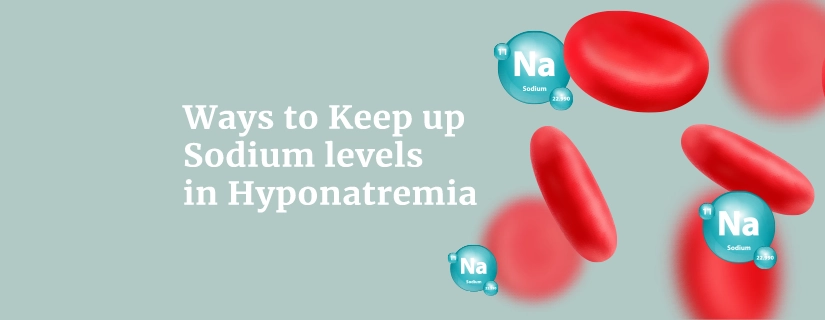
Ways to Keep up Sodium levels in Hyponatremia
11 December 2025
Read More
-

12 Health Benefits of Apple Cider Vinegar
1 December 2025
Read More
-
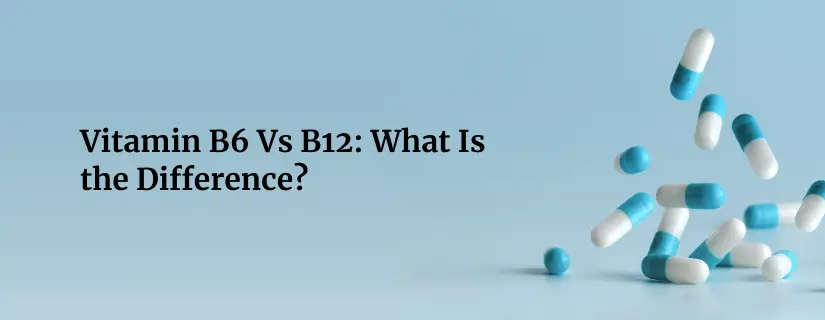
Vitamin B6 Vs B12: What Is the Difference?
1 December 2025
Read More
-
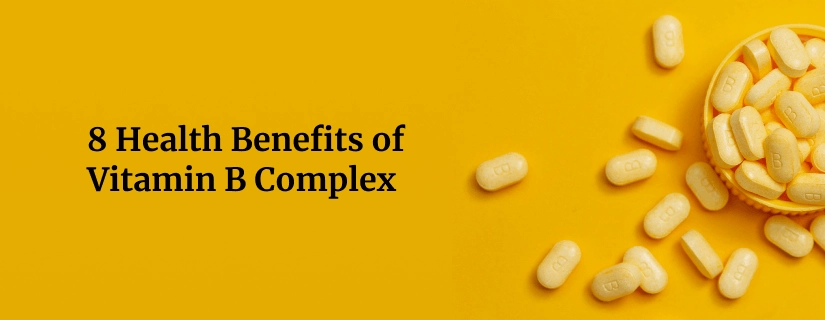
8 Health Benefits of Vitamin B Complex
1 December 2025
Read More
-

15 Home Remedies for Stomach Pain
1 December 2025
Read More
-
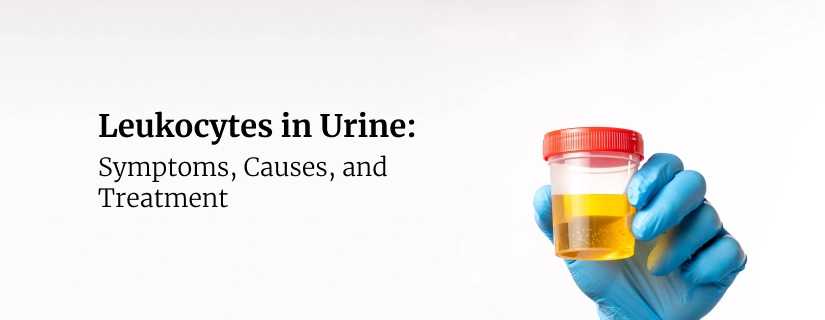
Leukocytes in Urine: Symptoms, Causes, and Treatment
1 December 2025
Read More
-
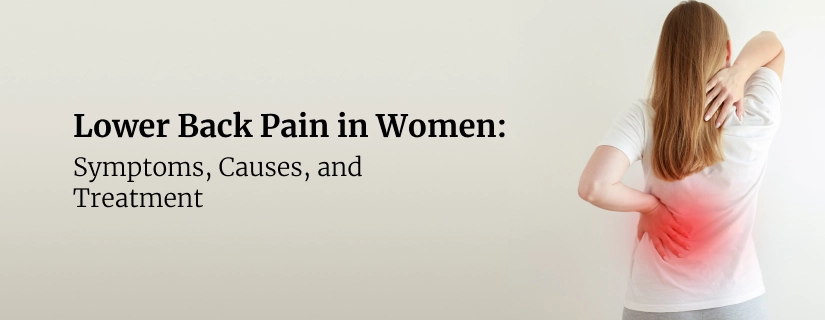
Lower Back Pain in Women: Causes, Symptoms, Treatment and More
1 December 2025
Read More
-
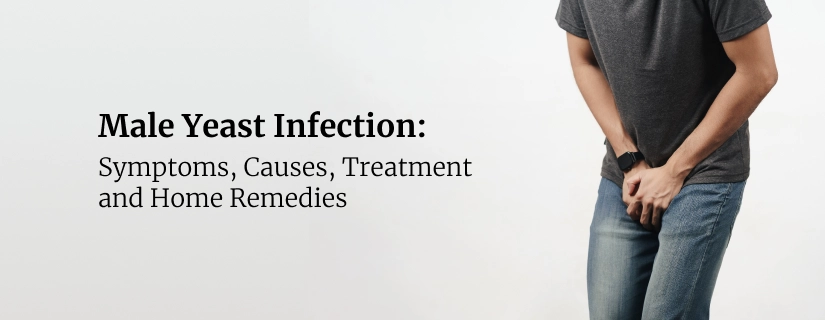
Male Yeast Infection: Symptoms, Causes, Treatment and Home Remedies
1 December 2025
Read More
Have a Question?
If you cannot find answers to your queries, please fill out the enquiry form or call the number below. We will contact you shortly.
